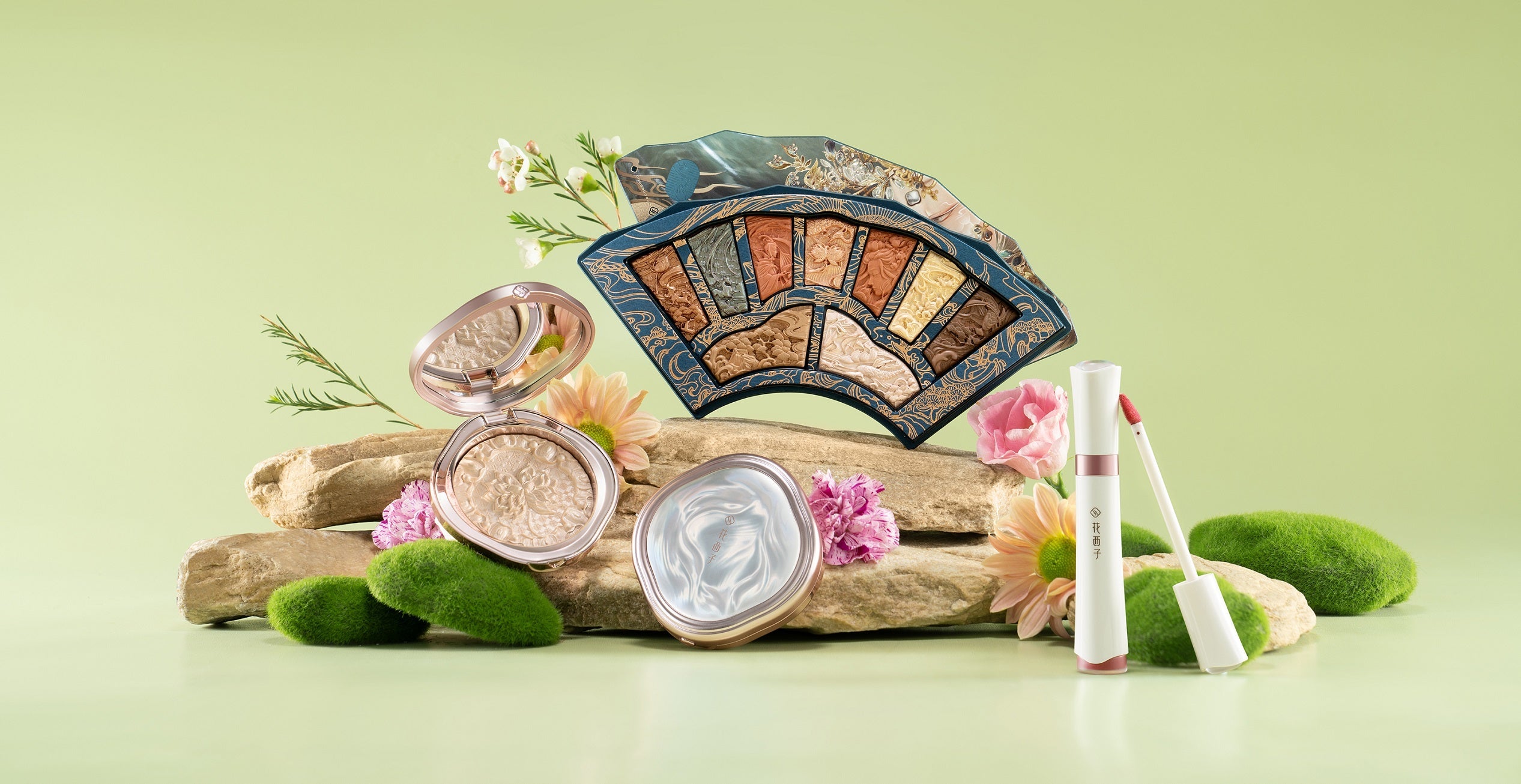
SPRING SOIREE: 6 LOOKS INSPIRED BY THE ANCIENT SOLAR TERMS
New Year, Easter, Halloween, Christmas...how do you mark the passage of time in a year?
Over 2,000 years ago, China developed a unique way to measure time while living in harmony with nature. By observing the sun's motion, seasonal changes, astronomy, and other natural phenomena, they created the 24 Solar Terms.
The terms weren't just a neat way to mark the passage of time—they guided agricultural production, directed folk customs, and even the emperors of the Ming and Qing dynasties (1368-1912) would pray for good weather, peace, and prosperity at the Temple of Heaven every Winter Solstice. This practice of marking the passage of time using Solar Terms was also eventually adopted by Korea, Japan, Vietnam, and other Asian countries.
Now hailed as China's 5th greatest invention by UNESCO's Representative List of the Intangible Cultural Heritage of Humanity, the 24 Solar Terms are a truly unique invention.
The Six Solar Terms of Spring
We won't explain every Solar Term (after all, there are 24!) but we will focus on our current season: spring. As we explore these six solar terms, you'll begin to see how specific and important they were in ancient times.
立春, The Beginning of Spring
立春 (lì chūn) is the first solar term. In the Gregorian calendar, Lichun is on February 4 this year. In many East Asian cultures, it signifies the beginning of spring. Spring is said to be the best season for flying kites, and of course, the best time to eat spring rolls!
This Lichun look was inspired by the winter jasmine flower. Winter jasmine blooms immediately after winter, and its Chinese name is 迎春花 (yíng chūn huā) which means "the flower that welcomes spring."

雨水, Rain Water
雨水 (yǔ shuǐ) is the second Solar Term. Beginning on February 19, it marks an increase in rainfall and it's the best time to eat fresh bamboo shoots. According to the Books of Songs, you can only know the taste of spring after enjoying bamboo shoots.
This yushui look was inspired by the fairy primrose flower. Its Chinese name is 报春花 (bào chūn huā), and the word 报 means "to announce," meaning this flower heralds spring's arrival.

惊蛰, Awakening of Insects
惊蛰 (jīng zhé) is the third Solar Term. Starting on March 6, 惊蛰 means the awakening of hibernating animals. According to traditional folklore, thunderstorms will wake up hibernating insects during jingzhe. Rising temperatures and increased rainfall mark this Solar Term, and warmer weather is on the horizon. The terms 惊蛰 is also wonderfully direct, as 惊 means "startle," and 蛰 means "hibernate."
This look was inspired by the peach blossom (桃花, táo huā), which is the quintessential spring flower and signifies the oncoming spring.

春分, Spring Equinox
春分 (chūn fēn) is the fourth Solar Term. Starting on March 21, it signals the equal length of day and night. This is the best time to eat spring vegetables (whatever is in season in your region) to preserve health and for good luck.
This Yulan magnolia (玉兰, yù lán) is famed for its beauty in early spring. A flower that blooms without leaves, it's known as a "wood flower tree" (木花树, mù huā shù) and has been planted in the gardens of Chinese Buddhist temples since 600 AD. A symbol of purity in the Tang Dynasty, Yulan magnolias were planted in the emperor's palace. It's also the official flower of Shanghai.

清明, Clear and Bright
清明 (qīng míng) begins on April 5. The clear and bright weather is accompanied by a bright sun, natural growth, and blooming flowers. Qingming is also marked by the Tomb-sweeping Festival. While this may sound morbid to the uninitiated, it's a beautiful day for people to visit and clean graves and worship their ancestors.
This subtle look was inspired by the Tung blossom (桐花, tóng huā), the flower of the Tomb-sweeping Festival. A beautiful blossom full of spring's cheerful ambiance, it's also a sober reminder of Qingming.

谷雨, Grain Rain
谷雨 (gǔ yǔ) starts on April 20 and is the final spring Solar Term. Increased temperature and rainfall mean the crops are growing fast and need protection from pests. Continuous rain is Guyu's most important feature. An old custom in Southern China is to drink fresh tea on Guyu day to prevent bad luck, and in the Northern coastal areas, people may stage sacrifice rites and pray for bountiful harvests and safe voyages.
This look was inspired by the apricot flower (杏花, xìng huā), which is also known as "the flower of traditional Chinese medicine" because of the widespread use of apricot kernels in medicine and beauty treatments.







Laisser un commentaire
Ce site est protégé par hCaptcha, et la Politique de confidentialité et les Conditions de service de hCaptcha s’appliquent.